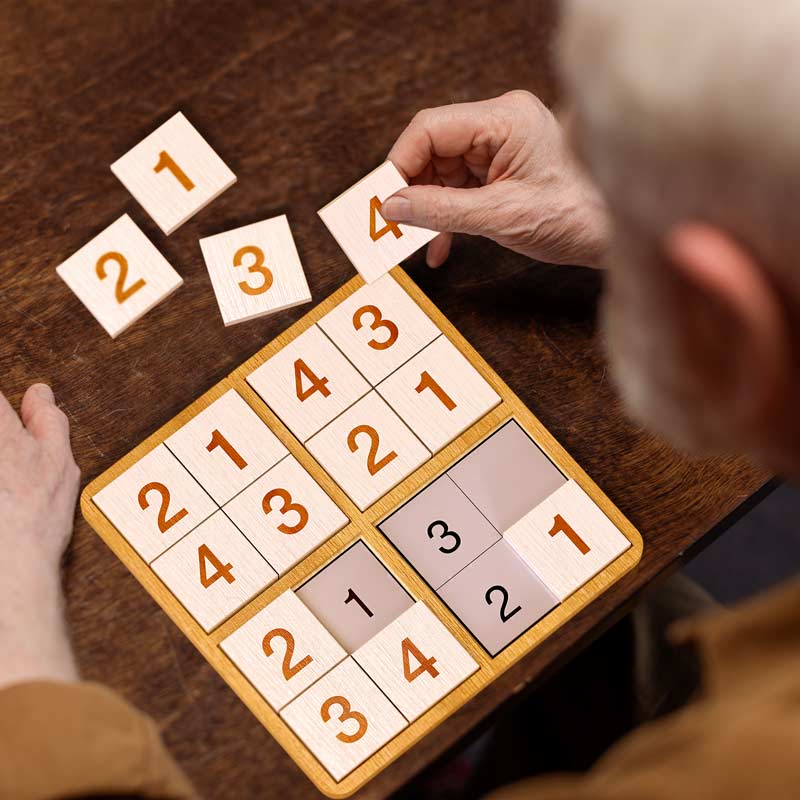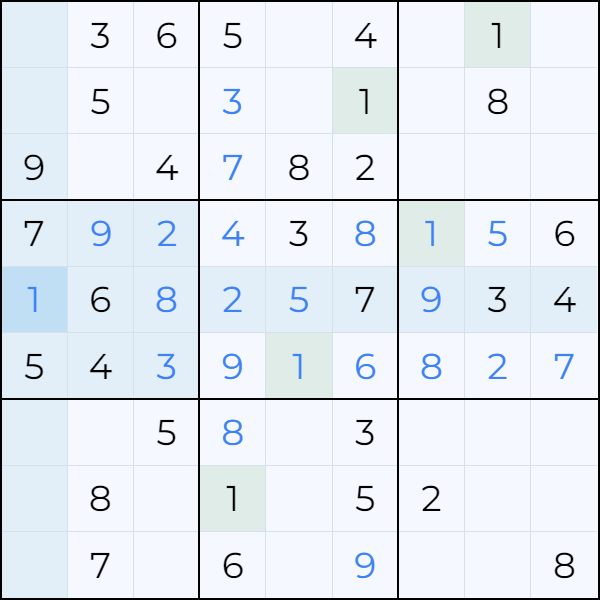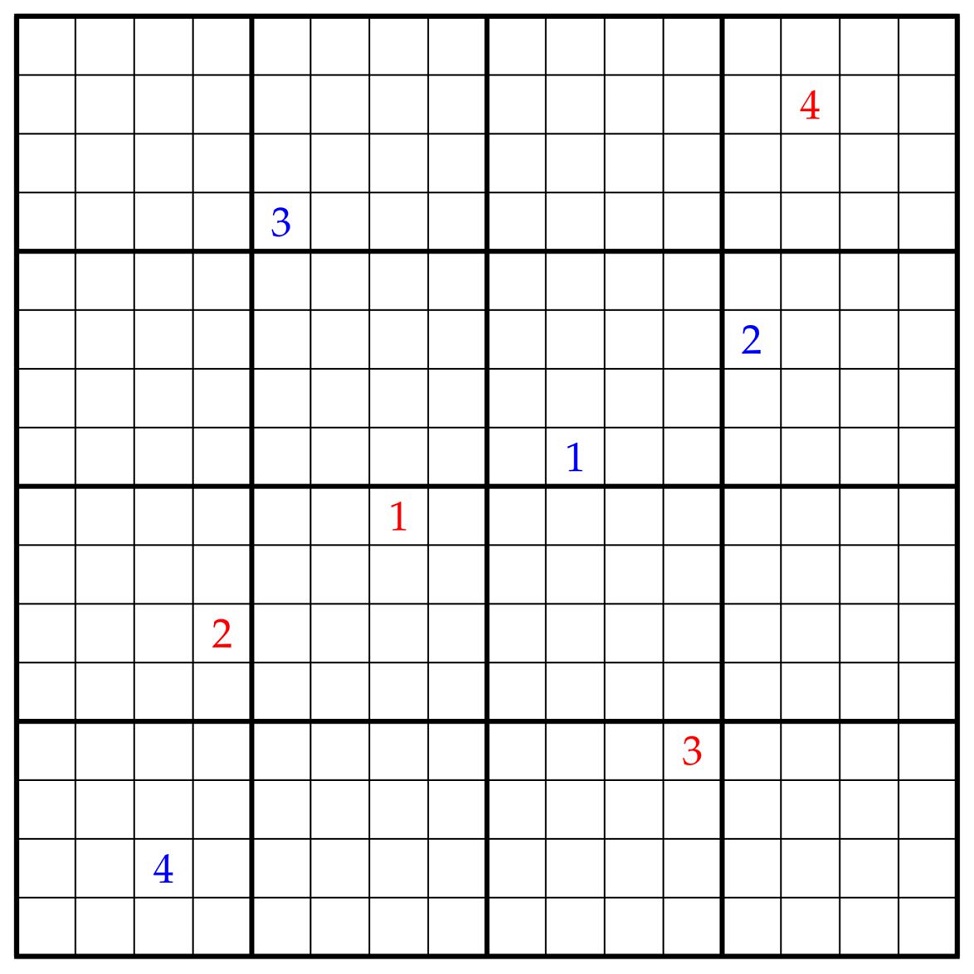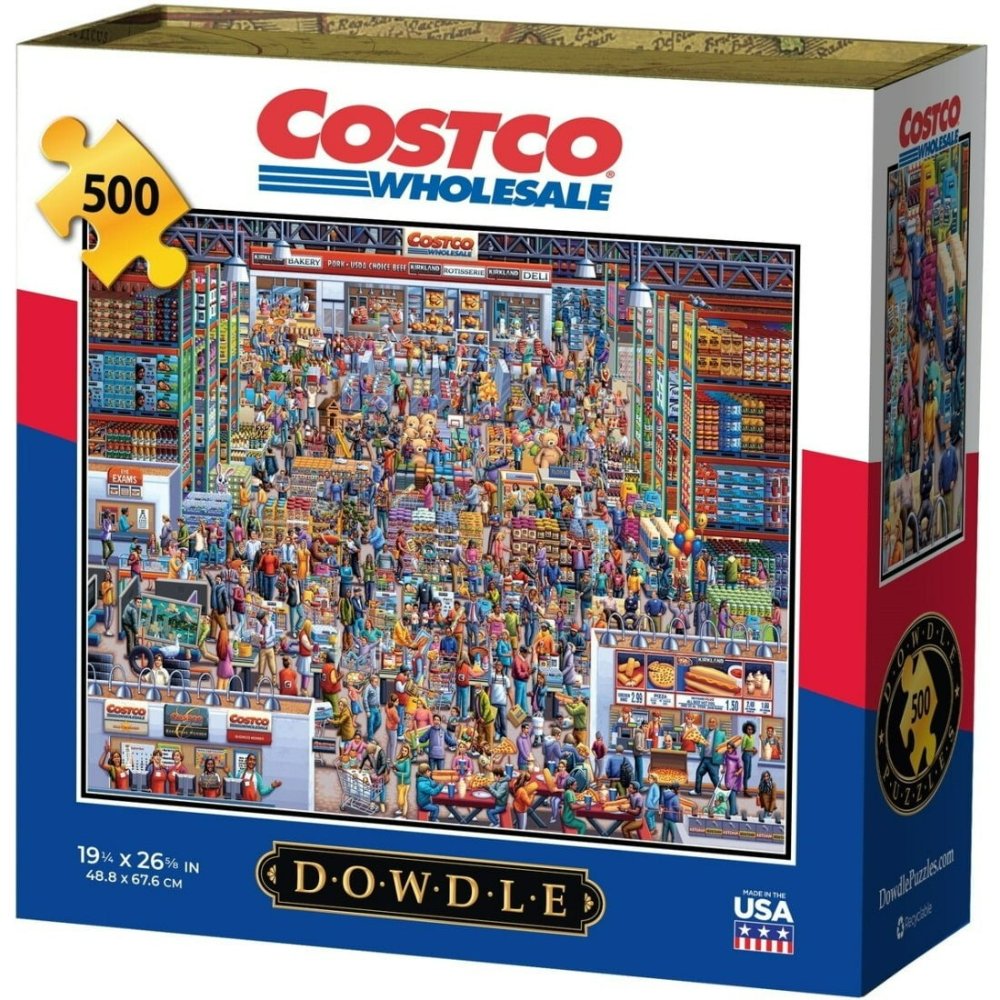Introduction
Sudoku is a popular logic-based number puzzle. It stimulates the mind and offers hours of fun. Many people enjoy playing Sudoku because it’s easy to learn but hard to master. This article will help beginners learn how to play Sudoku effectively.
What is Sudoku?
Sudoku is a grid-based puzzle. It comes in different sizes, but the most common version is a 9×9 grid. This grid is divided into nine smaller 3×3 squares. The objective is simple: fill the empty cells with numbers from 1 to 9. Each number should appear only once in each row, column, and 3×3 square.
You will often find some numbers already filled in when you start a game. These numbers remain fixed and provide hints to help you solve the puzzle. The challenge is to correctly fill in the remaining spaces based on these provided numbers.

The Benefits of Playing Sudoku
Playing Sudoku has several benefits. First, it sharpens your logical thinking skills. You will learn how to analyze patterns and think critically about numbers. This skill will be useful not just in puzzles but in everyday problem-solving scenarios.
Second, Sudoku can improve your concentration. A good game of Sudoku requires your full attention. You need to focus on the numbers and their arrangement. This focus can help you become more attentive in other activities as well.
Lastly, Sudoku is a stress-reliever. It allows you to escape daily worries. Engaging in a puzzle can provide a sense of accomplishment when you complete it. All these aspects make Sudoku an enjoyable and beneficial activity for anyone.
Understanding Sudoku Rules
Before diving into playing Sudoku, it’s essential to understand the rules. As mentioned earlier, the goal is to fill the entire grid with numbers from 1 to 9. Each number must appear only once per row, column, and 3×3 square.
Many beginners may get confused about where to begin. However, sticking to these simple rules makes it easier. Each time you fill a number, you also help to eliminate possibilities for other cells. So, each decision helps narrow down your options further.
Starting a Game
Choose a Sudoku puzzle that matches your skill level. You can find puzzles labeled as easy, medium, or hard. For beginners, it’s wise to start with easy puzzles. They allow you to practice and learn the ropes without feeling overwhelmed.
When you start, look at the numbers that are already filled in. These serve as clues. Identify which numbers are missing in each row, column, and square. This will give you a sense of what needs to be filled in.
Tips for Beginners
- Fill in Obvious Cells First: Start with the obvious choices. If a number only fits in one place in a row or column, fill it in right away.
- Use Pencil Marks: As you consider options for a cell, you might want to make light pencil marks. This helps keep track of potential numbers without committing.
- Look for Patterns: Patterns will emerge as you play. Recognizing these can lead you to the correct numbers faster.
- Take Breaks: If you feel stuck or frustrated, take a short break. Sometimes stepping away allows your brain to work on the puzzle subconsciously.
- Practice Regularly: The more you play, the better you will become. Regular practice helps to improve your skills and strategy.
Key Strategies to Solve Sudoku
Once you are familiar with the basics, you may want to explore strategies to improve your gameplay. Understanding some key approaches can significantly enhance your Sudoku-solving skills.
Strategies to Consider
- Cross-Hatching: This technique helps you find where a number can go. Look for the number in the 3×3 square and check the intersecting rows and columns. This will often narrow your options.
- Naked Pairs/Triples: In some scenarios, a pair or triple of numbers can only fit in two or three cells within a row or square. Identifying these can help eliminate other possibilities.
- Pointing Pairs: This strategy applies when a number appears in a row or column within a 3×3 square. You can rule out that number from other cells in that row or column.
- Backtracking: This is a trial and error method. If you make a guess and reach a contradiction later, go back and try alternate numbers. This technique is useful, especially in more challenging puzzles.
- Keep It Simple: Sometimes, the simplest technique will yield the best results. Always start with the most straightforward options and build from there.
Practicing Your Skills
Once you learn these strategies, practice them regularly. Challenge yourself with different difficulty levels. This will not only improve your skills but also increase your enjoyment.
Sudoku applications on mobile devices allow you to play anywhere, anytime. They often include hints and tutorials, which are perfect for beginners. Most importantly, they help you track your progress over time.
Common Mistakes to Avoid
As a beginner, it’s easy to make simple mistakes. Identifying these common errors can help you improve and enjoy Sudoku more.
Oversight of Basic Rules
Sometimes, players overlook the basic rules. Always remember: Each number can only appear once in each row, column, and 3×3 square. Double-checking your work can help catch mistakes before they lead to larger issues.
Guessing Without Logic
New players sometimes make random guesses. While this may seem tempting, it can lead to frustration. Instead, rely on logic and deduction. Slow down and analyze the existing numbers. Thoughtful observation will yield better results.
Neglecting Progress
In your eagerness to solve the puzzle, you might neglect to keep track of what you’ve done. Marking off completed numbers leads to a clearer vision of what’s still needed. Use a systematic approach to avoid confusion.
Focusing on One Section Only
Don’t get fixated on one specific area of the grid. The best approach is to assess the entire board. While one section may seem challenging, the surrounding sections may offer clues that aid in solving it.
Becoming Frustrated
Sudoku can sometimes become challenging and lead you to frustration. It’s perfectly normal to feel stuck. However, it’s essential to take breaks and return with a fresh mindset. Patience is key in Sudoku, as it often yields the best results.
Online Resources and Tools
Many resources are available for beginners looking to improve their Sudoku skills. Online tools, apps, and websites offer puzzles of all difficulty levels. These can be a great way to practice and explore new strategies.
Sudoku Apps
Several mobile apps provide daily puzzles that can keep you engaged. They often come with hints, tutorials, and timed challenges to help you sharpen your skills. Look for apps with user-friendly interfaces and adjustable difficulty settings.
Online Forums and Communities
Joining online forums or communities can provide valuable insights. Many experienced players share tips and strategies. Engaging with others can also lead to friendships and a fun shared experience.
Printable Puzzles
If you prefer a more traditional approach, printable Sudoku puzzles can be found online. This gives you the opportunity to take your time and work through the game at your pace. Many websites offer free downloads of puzzles in various difficulty levels.
Books and Guides
Several books about Sudoku exist that are aimed specifically at beginners. These often provide comprehensive strategies along with practice puzzles. Reading about strategies can provide a deeper understanding of the game.
Advanced Techniques for the Aspiring Player
Once you’ve mastered the basics, you may want to delve deeper into advanced techniques. These strategies can elevate your Sudoku-solving skills.
X-Wing Technique
The X-Wing technique helps solve advanced Sudoku puzzles. It involves identifying pairs of cells that can take on a specific number across rows and columns. If you see this pattern, you can eliminate that number from potential candidates in the intersecting areas.
Swordfish Technique
Similar to the X-Wing, the Swordfish technique applies when three rows and columns are involved. By spotting patterns across these intersecting areas, you can eliminate possibilities effectively.
Multiple Solutions
In some complex puzzles, you may find multiple solutions. Understanding how to handle these can greatly enhance your skills. Begin by applying all known strategies and gradually explore alternate routes if needed.
Putting It All Together
As you gain more experience, your skills will continue to improve. Regular practice, combined with an understanding of the concepts outlined in this guide, will help you become a proficient Sudoku player.
Building a Routine
Establishing a routine for playing Sudoku can reinforce your skills. Regularly setting aside time for puzzles reinforces your learning and helps you internalize strategies.
Setting Goals
Consider setting goals for your Sudoku practice. You might aim to complete a certain number of puzzles each week or explore a new level of difficulty regularly. These goals can motivate and encourage you to continue improving.
Enjoy the Process
Finally, remember to enjoy the process of playing! Sudoku is meant to be fun and engaging. The satisfaction of finishing each puzzle and improving over time is a rewarding experience.
Conclusion
Sudoku is a timeless puzzle that offers joy and mental exercise for players of all ages. By understanding the fundamentals, applying strategies, and enjoying the challenge, you can become a skilled Sudoku solver. Keep practicing, stay patient, and remember to have fun!




